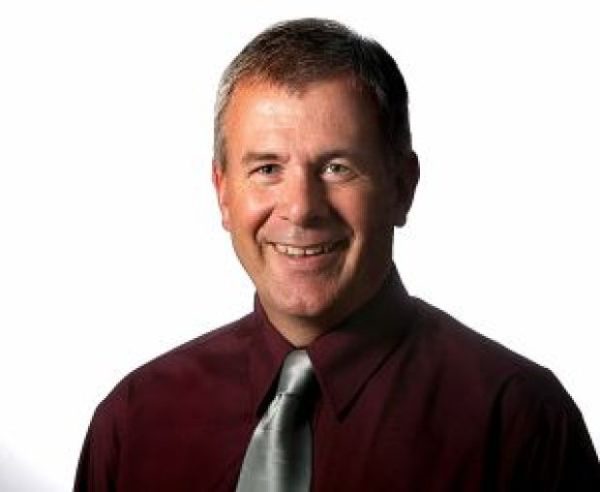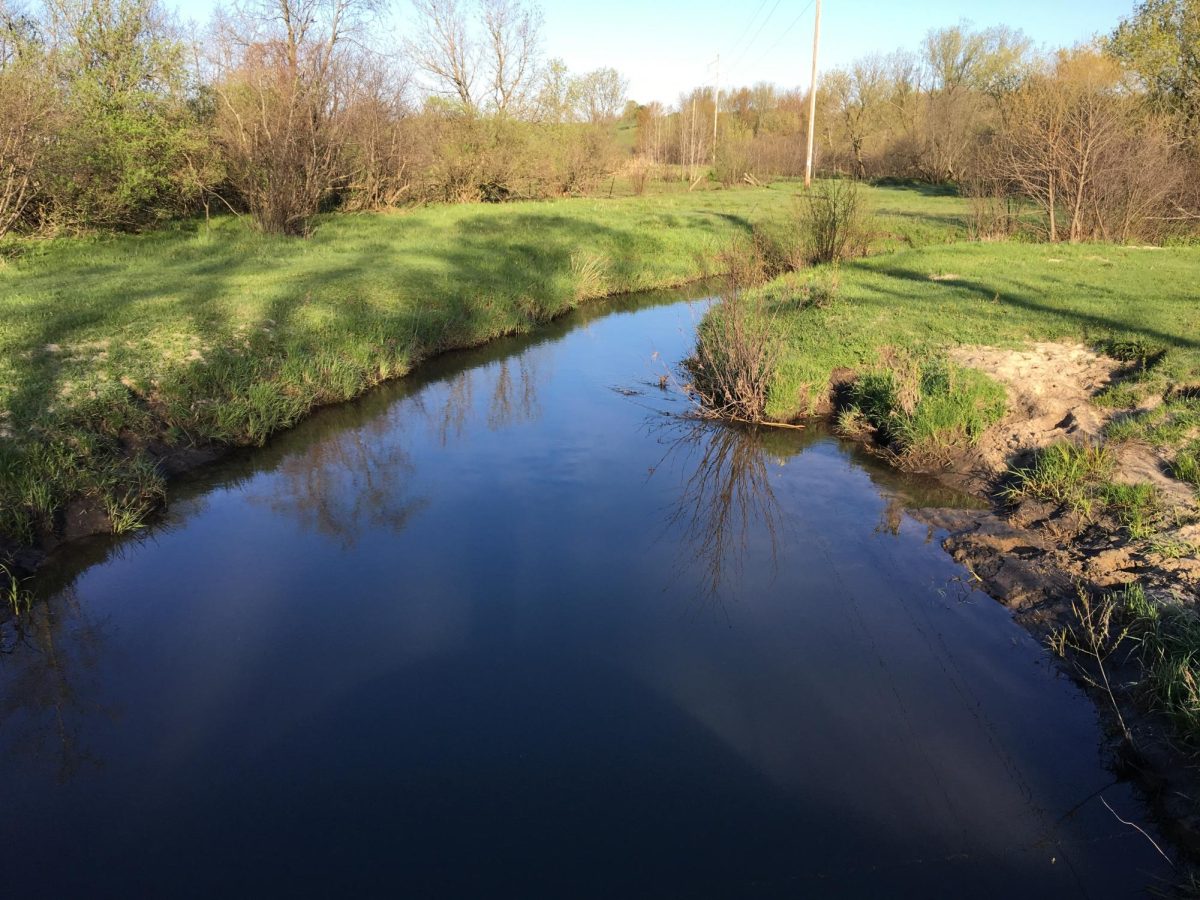“Time to catch some fish,” Grandpa whispered.
I jumped out of bed in my grandparent’s home in downtown Franklin in Jackson County. Downtown meaning it was at the corner of Highway N and Beck Road, across the street from the Franklin Store, the center of the hamlet of about eight houses.
It was 4 a.m. on the opening day of trout fishing on the first Saturday of May in 1974. Grandpa and Grandma Keith and Cecile Hardie lived only a few hundred yards away from Beaver Creek, an excellent trout fishing stream.

The year before Grandpa had helped me get my rod and tackle set for trout fishing. It was the first year that I stayed over and I was eager to get my line wet. Even if we didn’t catch anything, we knew there were Grandma’s pancakes waiting at the house.
A few years later, I joined some friends to camp along the creek on the first Friday in May. We cooked food over a campfire, kept our pop cool in the stream and woke up at the crack of dawn to start our fishing. We wanted to beat the rest of the opening day crowd to the best holes.
After the madness of opening weekend, I would return several times to fish each summer. I learned to be more patient and found I had better luck catching trout when I just relaxed. A few hours fishing and everything in the world was just fine. I could catch my limit working only a quarter-mile of the stream.
It wasn’t fly fishing for me. Just a hook, sinker and a worm.
Beaver Creek today is nowhere near the trout stream that it was in my youth, but trout fishing is a big deal in Wisconsin – particularly in the Driftless Area – the part of the state where I live. Statewide there are nearly 3,000 trout streams totaling more than 13,000 miles.
The Driftless Area – named for its lack of “drift” as glaciers retreated about 10,000 years ago in North America – is a 24,000 square-mile region marked by valleys – we call them coulees – springs and streams with more than 5,700 miles of trout streams.
It’s a silent sport that is an economic engine. A study commissioned by Trout Unlimited in 2015 estimated trout fishing had an annual economic impact of $1.6 billion in the Driftless Area. No doubt those nearly 10-year-old numbers have increased. The 2015 study said the impact increased 45% from a similar review done in 2008.
Donna Anderson, an economics professor at the University of Wisconsin-La Crosse, authored the report “Economic Impact of Recreational Trout Angling in the Driftless Area.”
Among its findings:
– The typical angler is a 51-year-old male with a college education earning a median income of $90,000.
– The typical angler travels with two companions; each trip lasts about 2.5 days.
– The typical angler has fished in an average of eight different streams in the Driftless Area for almost 18 years and travels an average of 138 miles one way to fish there.
– Overall satisfaction with the fishing experience in the Driftless Area is very high: 92% of respondents definitely agree or agree they are satisfied with the experience.
The anglers also cross state boundaries, fishing in southeastern Minnesota, northeastern Iowa and northwestern Illinois.
Continued work on stream restoration is important to keeping them coming. The study said 88.5% reported awareness of efforts to preserve and restore trout streams in the region, and of these people, almost 80% reported they were more likely to fish in the region because of these past efforts.
And 72.7% said they were more likely to fish in the region if additional trout stream restoration efforts occurred.
The Wisconsin Department of Natural Resources in 2019 released its first ever 10-year inland water trout management plan with a stated vision: “Outstanding trout populations and cold-water resources as part of a healthy ecosystem that provide enjoyment for people of all ages and backgrounds.”
The plan has four major goals:
– Protect, enhance, and restore sustainable cold-water aquatic habitats and ecosystems.
– Protect, develop, enhance, and restore trout populations and trout angling opportunities for the diverse preferences and needs of our participants.
– Collect, develop and use the best science to guide trout management decisions.
– Maintain and expand partnerships and engage diverse anglers, stakeholders, and the general public on trout management and angling opportunities.
It’s been many years since I’ve been trout fishing, but I’d sure like my grandchildren and their descendants to have the opportunity to enjoy our cold water treasures.
Chris Hardie spent more than 30 years as a reporter, editor and publisher. He was nominated for a Pulitzer Prize and won dozens of state and national journalism awards. He is a former president of the Wisconsin Newspaper Association. Contact him at [email protected].


